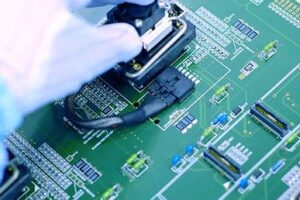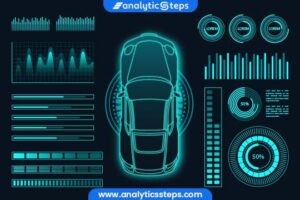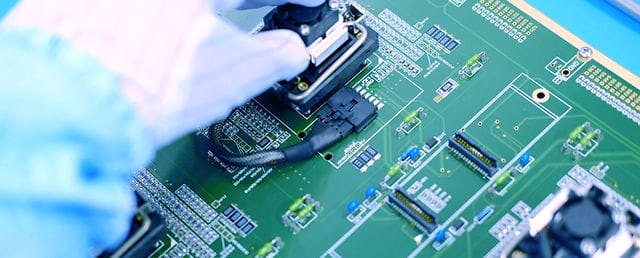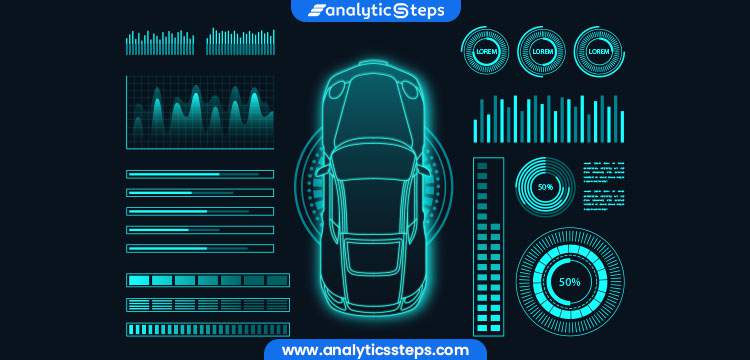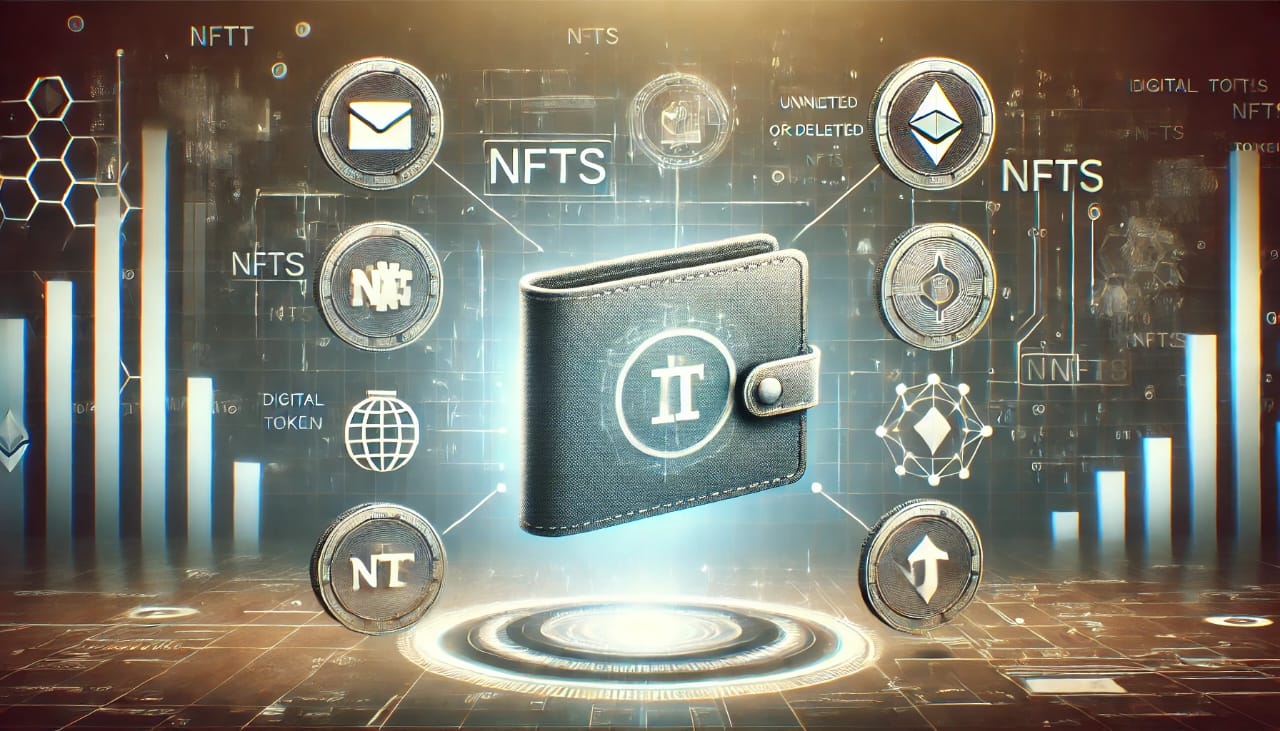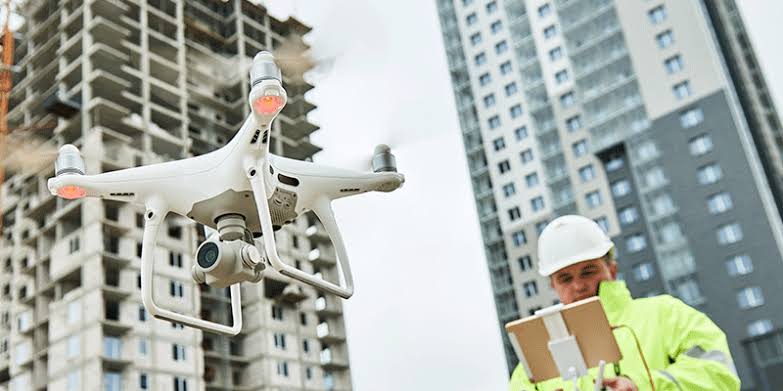As technology improves, Edge AI is helping train systems become smarter. It uses real-time data to predict delays, change routes quickly, and give passengers faster, smoother rides. By enabling Intelligent Traffic Solutions for Rail Systems, Edge AI can monitor train movements, identify issues quickly, and optimize schedules to keep things running smoothly.
In this blog post, we’ll show how Edge AI is making trains safer, smarter, and more efficient, leading us into a new and exciting future of transportation.
What is Edge AI and Why Does it Matter for Rail Systems
Edge AI means using artificial intelligence directly on local devices—like cameras, sensors, or train computers—instead of sending data to faraway cloud servers. It lets the system make decisions right where the data is collected, which makes things faster and more efficient.
Why It’s Important for Rail Systems
- Quick Decisions: If a sensor spots something on the tracks, Edge AI can immediately help avoid accidents.
- Better Maintenance: Edge AI helps with maintenance by constantly checking equipment and predicting when something might break. This allows problems to be fixed early, keeping trains running smoothly.
- Improved Passenger Experience: Edge AI improves the passenger experience by providing real-time updates on train times, seat availability, and helpful tips.
- Less Delay & Lower Internet Use: Edge AI works faster and uses less internet because it doesn’t have to send data to the cloud. This makes it especially useful in places with weak or slow internet connections.
Why It Matters
Edge AI helps rail systems become safer, smarter, and more reliable by making fast decisions, cutting delays, and improving passenger services—all without needing constant internet.
How Edge AI Enhances Train Operations
Edge AI allows real-time data processing directly on trains and at stations, enabling faster decision-making, improving efficiency, and reducing delays. This technology makes the rail system smarter, safer, and more reliable by analyzing data close to where it’s generated.
Key Benefits of Edge AI for Trains
1. Intelligent Traffic Management
Edge AI monitors train movements and tracks in real-time, quickly identifying issues. It adjusts schedules and routes as needed, using sensors to stop or reroute trains in case of danger, ensuring passenger safety and reducing delays.
2. Smart Sensors and IoT Integration
IoT devices collect data on train tracks, trains, and stations, such as temperature and vibrations, to monitor performance. AI analyzes this data to detect issues early and suggest repairs before problems arise. It also improves the passenger experience. AI and IoT make trains safer, faster, and more reliable.
3. Enhancing the Commuter Experience
AI makes commuting easier by giving live updates on when trains will arrive, so passengers can plan better and avoid waiting too long. It helps trains run on time, reducing delays and making connections smoother. AI also learns from your travel patterns and suggests the best times and routes, making your journey more personalized and enjoyable.
4. Safety Enhancements
AI helps keep trains safe by automatically detecting emergencies, like obstacles on the tracks, and stopping or rerouting trains to avoid accidents. It also works with security cameras to monitor stations for potential threats and quickly alert security when needed. Additionally, AI sensors watch over track conditions, spotting any damage early so maintenance can be done before problems occur, keeping everything running smoothly and safely.
5. Cost Efficiency and Operational Savings
AI helps trains run smoothly by predicting maintenance needs, preventing delays, and saving money. It also improves efficiency by adjusting speeds and routes to save fuel. By finding problems early, AI helps avoid expensive repairs, saving money in the long run.
Edge AI improves train operations by monitoring systems in real-time, managing traffic, enhancing safety, personalizing commutes, and reducing costs through predictive maintenance and energy savings. This combination of AI, IoT, and smart sensors makes rail systems safer, more efficient, and cost-effective.
Challenges and Considerations for Implementing Edge AI in Rail Systems
Implementing Edge AI in rail systems has many benefits, but it also comes with some challenges. Here’s a simple breakdown of the main issues:
1. Infrastructure and Legacy System Integration
Many train systems use outdated equipment that can’t support AI, requiring costly updates and time to integrate new hardware, software, and data systems.
2. Implementation Costs and Technological Investments
Deploying Edge AI requires a big investment in equipment like edge computing devices, sensors, and secure communication networks. These devices must be tough enough to handle harsh environments, like extreme temperatures or electromagnetic interference. Also, integrating AI into existing systems might need special hardware and software, which can drive up costs. For smaller organizations, these financial demands can be a major barrier.
3. Data Privacy and Security Concerns
Edge AI keeps data processing local, which helps protect it during transmission. However, it also brings new risks—devices can be physically tampered with, and data channels may be hacked if not secured. To keep data safe, strong encryption and security features like secure boot and trusted execution environments (TEEs) are needed.
4. Scalability and Workforce Adaptation
Expanding Edge AI in large rail networks requires careful planning because installing devices in various environments can be tricky. It also means workers need to be trained to use AI systems, which could face resistance if not handled properly.
Future of Intelligent Traffic Solutions for Rail Systems
The future of intelligent traffic solutions in rail systems is being shaped by Edge AI, which is helping create smarter, more efficient, and sustainable transportation networks. Here’s a simplified overview of the latest trends and innovations:
Emerging Innovations and Trends
- Autonomous Trains: AI is making fully driverless trains possible. These trains can operate independently, improving safety, running more efficiently, and using energy more effectively. They mark a big shift in how rail systems work.
- AI-Powered Predictive Analytics: Rail operators are using AI to check the condition of trains and tracks. By analyzing real-time data, AI can predict problems before they occur, allowing for early repairs and fewer delays.
- Multi-Modal Transportation Integration: AI is also helping integrate different modes of transportation (like buses, trains, and other vehicles). By connecting real-time data across these modes, passengers can enjoy seamless travel and more efficient route planning, making their journeys more convenient.
Enhancing Safety, Sustainability, and Efficiency
- Safety Improvements: AI improves rail safety by using advanced surveillance, detecting problems early, and responding to emergencies automatically in real-time.
- Sustainability Initiatives: AI is making rail travel more sustainable by improving energy efficiency and reducing emissions. It helps trains use less energy and become more eco-friendly, supporting greener transportation.
- Operational Efficiency: Edge AI processes data directly on trains or at stations in real-time, which helps reduce delays and allows for faster decision-making. This results in more reliable train schedules, better use of resources, and improved system performance.
As rail systems continue to evolve, Edge AI will be crucial in creating intelligent transportation networks that are safer, more sustainable, and more efficient. These innovations promise a future with smarter trains, predictive maintenance, and seamless travel across multiple transport modes.



